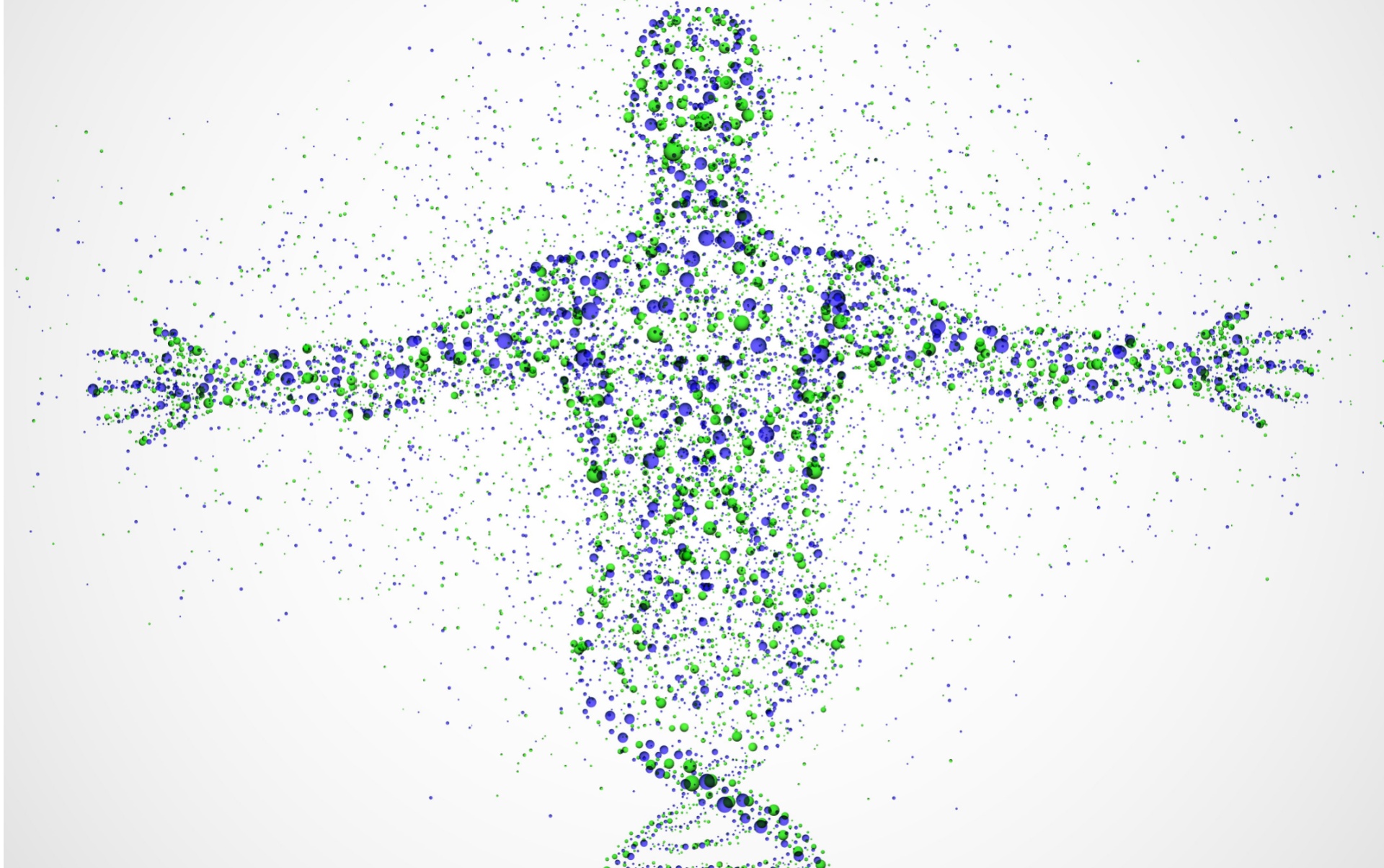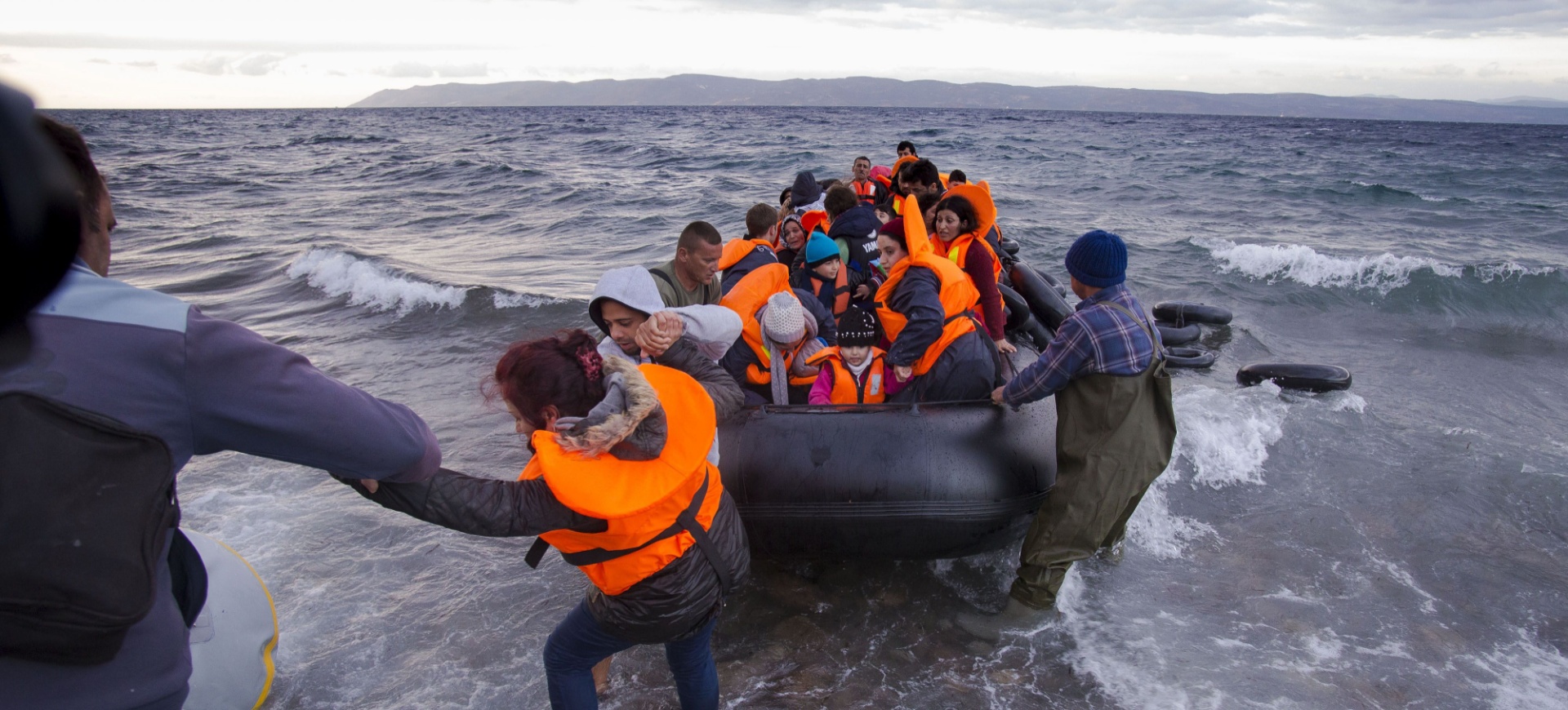ADVOCACY: Security and analytics: Securing borders with AI
When leveraged correctly, data revolutionises national security. Enrique Segura, president and CEO of Securiport, explains the role of analytics and artificial intelligence in helping countries keep their borders safe
The security of nations depends on data. We need the necessary data to track known and existing threats and to identify unknown and emerging threats. We also require tools to analyse and apply data to strategic matters of security. In doing this, there are three key questions to ask.
WHY DO WE NEED DATA?
Since security is about human beings, and human nature is highly unpredictable, data — and, most importantly, data analytics — play a key role.
If someone is approaching a country’s border, that country needs to know: Who is this person? What are his or her intentions? Is this the right place for this individual?
The country also needs to quickly discern whether an individual is a criminal, terrorist, drug or human trafficker, or a money launderer, sexual predator, or potential kidnapper.
For a nation to maintain security, it must determine if the person seeking entry is trustworthy.
This individual must be able to interrelate with society in a healthy manner for the continued productivity and safety of all. The answers to these and other questions can be found by analysing data.
WHERE DO WE FIND DATA?
Data can be found literally everywhere: in government archives, libraries, newspapers, books, universities, credit reports, the internet, social media, purchase histories, and routine behaviours evinced through the everyday interaction with software. Having enough data is not the problem.
In fact, the volume of data available is so extraordinarily massive that the real challenge lies in identifying and extracting relevant, useful, and reliable data.
Data becomes biased (and therefore faulty, misleading and useless) when we have preconceptions about what we want to see. As rational human beings, we need to justify our observations and conclusions. We gravitate subconsciously towards specific types of data that support our preconceived ideas.
However, sometimes data is simply wrong. It can become tainted by its association with unrelated or irrelevant issues. It may be unsubstantiated or perhaps biased for reasons unknown to the analyst.
All these factors can, and will, lead to erroneous results and assumptions. Our mass of data is vast and homogenised, and it ranges from the questionable and tainted to the extraordinarily crucial. Tools that can identify, quantify, and discard fake and irrelevant data are vital.
Data must be reliable enough to make secure decisions. We must be able to identify when data is unreliable and factor it into our conclusions. Tools that can filter fake and irrelevant data add essential refinement to the process. These tools are still in an embryonic state, but they are developing quickly due to their importance. This is where analytics comes in.
WHAT KIND OF DATA DO WE NEED?
This encompasses everything from the data we start with to the data critical to making a decision. We need data that constantly refines itself through exposure to analytical tools – tools that become increasingly better over time at discerning diagnostic facts from fiction and rendering our data more and more reliable.
It is said that science can be thought of as a discipline that requires a degree of evidence to build knowledge around phenomena, but it also blends logic with imagination. Therefore, the science of analytics must be self-learning so it can refine its conclusions as it progresses.
This discipline is powered by artificial intelligence and facilitates the evaluation of data over time to discover changes, trends and anomalies. These analytics adapt, refine and grow. For instance, if an individual enters a country stating that his business is finance and the next time that he is in real estate, that discrepancy can trigger other data evaluations. If the same person cannot certify his or her address upon the next border entry, or the data indicate a recent criminal activity or an over-extended visa, these data points can build vital signposts and orient further inquiry.
THE FOUNDATIONS OF AI ANALYTICS
Analytics powered by AI do not merely analyse the evolution of static data records. They also derive important information from the analysis of sensitive behavioural data that describe how people react in front of an authority. Do they hesitate? Do they act confused? Does their blood pressure go up? Do their eyes dilate? All these are important indicators that, when monitored and compared over time, provide clues about individuals and their possible intentions.
Behavioural data can go beyond the physical aspect of the individual to include social, financial, legal, educational and medical information, allowing for the unique identification of each person.
Through AI-driven analytics, we can build a baseline of expectations and categories of data through which further and further comparisons may be made, while constantly refining the process. The result is ever greater accuracy and reduced risk for nations.
The combination of data records allows us to construct a map that can profoundly and powerfully define individuals, expose what they may be hiding, illuminate what laws they may be intent on violating, and what dangers they may pose. This is how we help nations maintain security, and safeguard their people, assets and peace.











